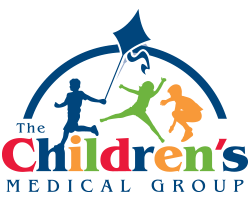During certain medical procedures, children may experience pain. These procedures can include having blood drawn, having breathing or feeding tubes put in, or lumbar punctures (spinal taps). Luckily, pain from these activities does not last long and pain can be managed by parents and caregivers.
Pain Medicine
There are different types of pain medicines that can control pain from procedures. In some cases, they are given before or during the procedure. Afterward, they may be needed for a few hours or days until the pain goes away.
Pain medicine is usually given to a child in a way that does not hurt. Most pain medicines are given in pill or liquid form or liquid medicine is put into a vein through a small tube called an IV. The decision about which pain medicine to use will depend on your child's age and the procedure your child is having.
There are 3 main types of medicine used for this type of pain.
-
Non-opioids such as acetaminophen and ibuprofen (Tylenol is one brand of acetaminophen. Advil and Motrin are brands of ibuprofen.)
-
Opioids such as codeine and morphine
-
Topical and local anesthetics, such as lidocaine, and "numbing" creams
Ways to Offer Comfort and Support
Before and during painful procedures, here are ways you can offer comfort and support.
-
Be in the room with your child. While there is no scientific proof that this will lessen your child's pain, it can lower your child's distress.
-
Distract your child. Blowing bubbles, listening to a story, listening to music or singing a song, playing with puppets, or playing a handheld video game may help take attention away from the pain.
-
Soothe your child. Give your baby a pacifier or a favorite object to hold. Massage, cuddle, or rock your child, or listen to soft music.
-
Let your child "help" with the procedure and make choices such as what color bandage to use.
-
Prepare your child. Before the procedure, let your child know what to expect using words she will understand. After the procedure, be sure to give plenty of praise and reassurance that they will be OK.
Managing Pain At Home
Once the procedure is done, you can help your child be as pain free as possible. Your child's doctor will give you information about how to continue using pain medicines at home. You can also continue to offer your comfort and support. Be sure to call your child's doctor if your child's pain continues or gets worse.
Visit
Disclaimer
The AAP is an organization of 67,000 primary care pediatricians, pediatric medical subspecialists, and pediatric surgical specialists dedicated to the health, safety, and well-being of all infants, children, adolescents, and young adults.
In all aspects of its publishing program (writing, review, and production), the AAP is committed to promoting principles of equity, diversity, and inclusion.
The information contained in this publication should not be used as a substitute for the medical care and advice of your pediatrician. There may be variations in treatment that your pediatrician may recommend based on individual facts and circumstances.


